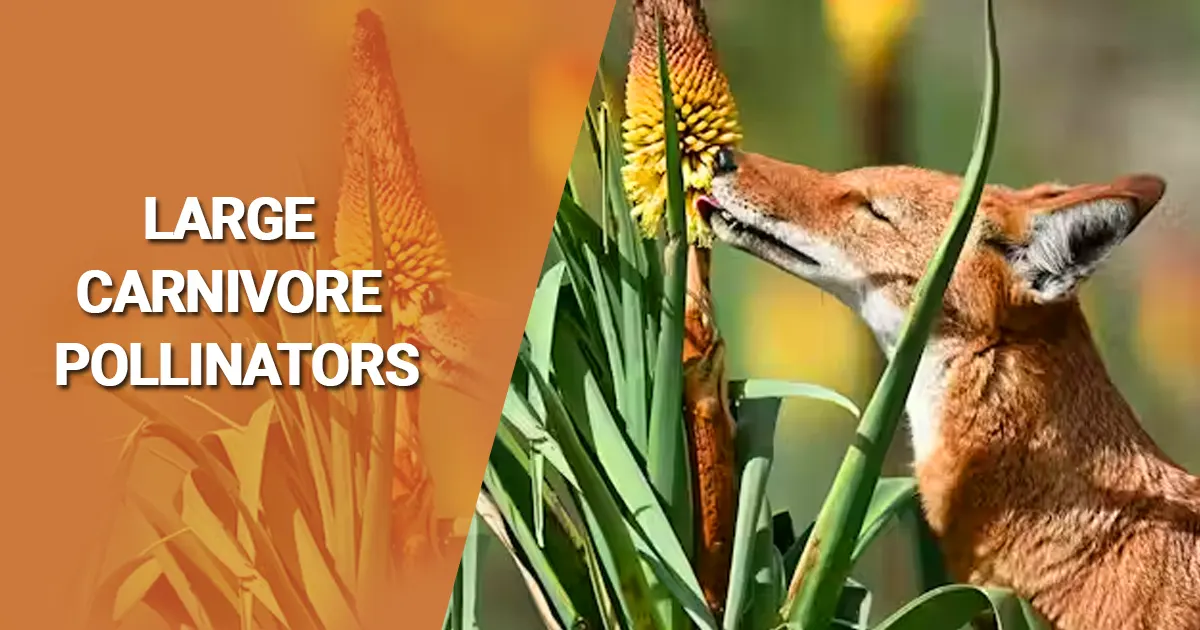GS 3 – ENVIRONMENT – Species

The Ethiopian wolf, a rare and critically endangered species, serves as an unconventional pollinator, redefining traditional plant-pollinator interactions.
These wolves feed on the nectar of Ethiopian red hot poker flowers, facilitating pollination by transferring pollen on their muzzles. The Ethiopian red-hot poker, a striking flower with red and yellow hues, produces sweet nectar that attracts diverse pollinators.
Ethiopian Wolf:
- Diet and Habitat: Primarily a rodent hunter, the Ethiopian wolf inhabits Afroalpine ecosystems—unique high-altitude regions in the Ethiopian Highlands above 3,200 meters, characterized by cold and harsh climates.
- Physical Characteristics: About the size of a large dog, it has a reddish coat, white throat and chest markings, and a black bushy tail.
- Conservation Status: With fewer than 500 individuals left, it is Africa’s most endangered carnivore, residing exclusively in Ethiopia’s high-altitude “sky islands.”
- Sky Islands: Isolated mountain ecosystems surrounded by dramatically different lowland environments.
Other Carnivore Pollinators:
- Bats: Nectar-eating species act as vital pollinators.
- Small Carnivores: Animals like civets and mongooses have been observed assisting in pollination.
- Omnivorous Bears: Species such as sun bears may consume nectar and contribute to pollination.
The Ethiopian wolf’s behavior underscores the complexity of ecological relationships, revealing unexpected roles even for apex predators in ecosystem dynamics.




